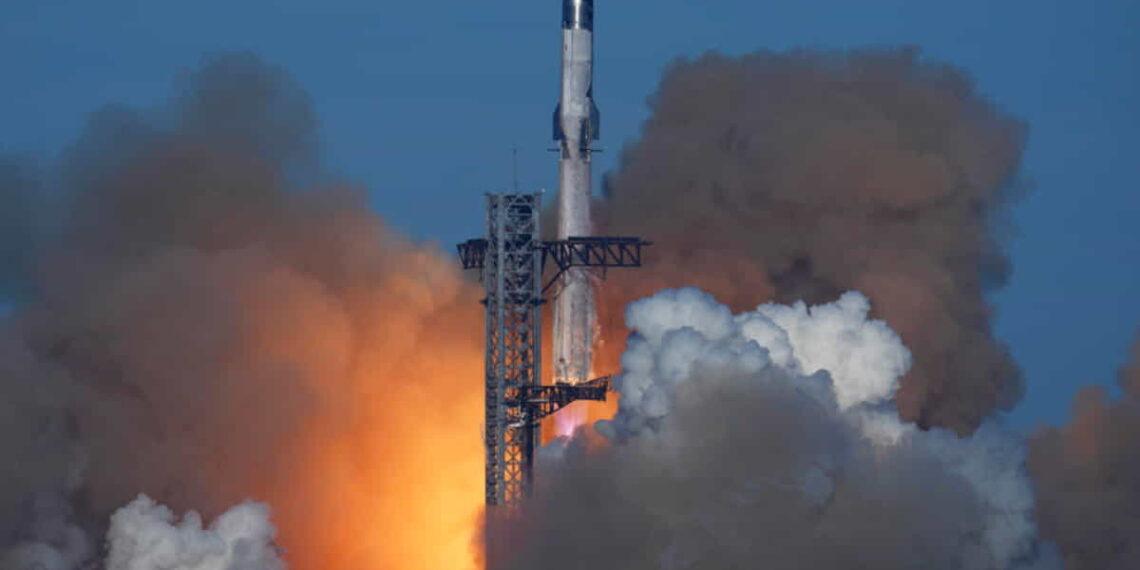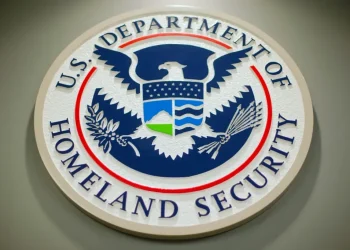SpaceX Loses Starship in Latest Test Flight After Successful Booster Catch
SpaceX launched its Starship rocket for a highly anticipated test flight on Thursday, but the spacecraft was destroyed just minutes after achieving a thrilling milestone — successfully catching its booster back at the launch pad.
Elon Musk’s company confirmed that the Starship spacecraft suffered what they described as a “rapid unscheduled disassembly” during its ascent. The spacecraft’s six engines appeared to shut down sequentially, and communication was lost just 8.5 minutes into the flight.
The new, upgraded Starship model was meant to complete a test flight across the Gulf of Mexico from Texas, simulating a near-orbit flight similar to previous tests. SpaceX had loaded the spacecraft with 10 dummy satellites to practice deploying them. However, the spacecraft did not make it as far as expected, and was destroyed before reaching its intended destination.
Just a minute before the loss of communication, SpaceX successfully used its giant mechanical arms on the launch tower — nicknamed “chopsticks” — to catch the returning booster, a feat achieved only once before. The booster hovered over the launch pad before being gripped by the arms, marking a thrilling achievement for the company.
Despite the excitement of the booster catch, the failure of the spacecraft overshadowed the moment. SpaceX spokesman Dan Huot expressed both excitement and disappointment: “It was great to see a booster come down, but we are obviously bummed out about the ship,” he said. “It’s a flight test. It’s an experimental vehicle.” Huot added that the team would need time to analyze the data and determine the cause of the spacecraft’s failure.
The last data received from the spacecraft indicated an altitude of 90 miles (146 kilometers) and a velocity of 13,245 mph (21,317 kph) when communication was lost.
The 400-foot (123-meter) rocket had launched from Boca Chica Beach near the Mexican border during the late afternoon. The timing allowed for a potential daylight entry halfway around the world into the Indian Ocean, but unfortunately, the spacecraft never made it nearly that far.
For this latest test flight, SpaceX had made several improvements to the spacecraft and added mock satellite payloads, designed to be the same size as its Starlink internet satellites. These satellites, along with the spacecraft, were intended to be destroyed during re-entry.
Musk’s long-term goal is to launch real Starlink satellites into space using Starship, eventually progressing to other satellite launches and, later, human missions. This was the seventh test flight for the world’s largest and most powerful rocket. NASA has already reserved two Starships to land astronauts on the Moon later this decade, with Musk aiming to reach Mars in the future.
Earlier in the day, Jeff Bezos’ Blue Origin launched its own supersized rocket, New Glenn, from Florida. This rocket successfully reached orbit on its first flight, placing an experimental satellite into space. However, like SpaceX, Blue Origin also faced disappointment as its first-stage booster missed its targeted landing on a floating platform in the Atlantic.
SpaceX will now focus on analyzing the data from this test and prepare for future flights, as they continue working toward making Starship a key vehicle for space exploration.
This article was rewritten by JournosNews.com based on verified reporting from trusted sources. The content has been independently reviewed, fact-checked, and edited for accuracy, neutrality, tone, and global readability in accordance with Google News and AdSense standards.
All opinions, quotes, or statements from contributors, experts, or sourced organizations do not necessarily reflect the views of JournosNews.com. JournosNews.com maintains full editorial independence from any external funders, sponsors, or organizations.
Stay informed with JournosNews.com — your trusted source for verified global reporting and in-depth analysis. Follow us on Google News, BlueSky, and X for real-time updates.














